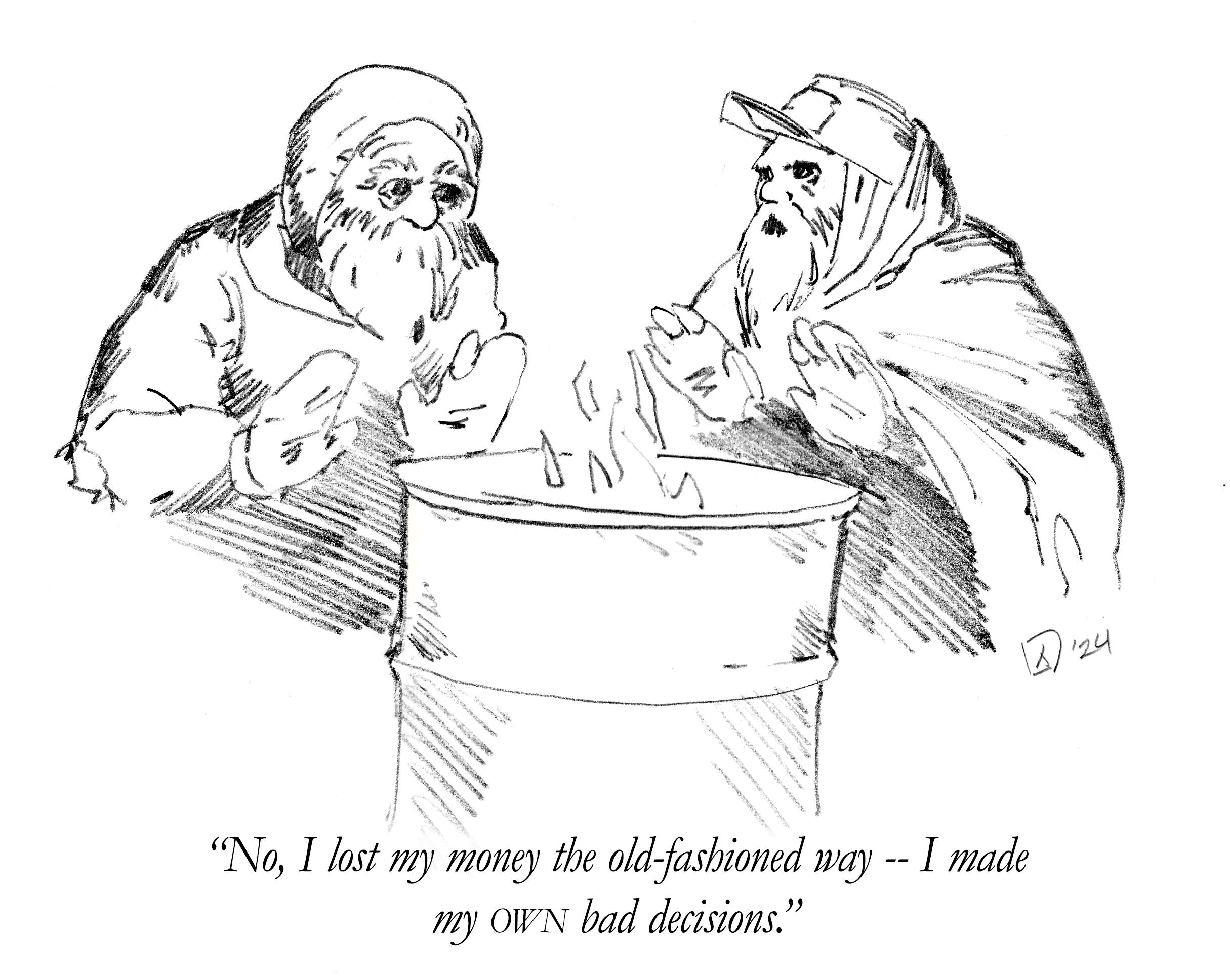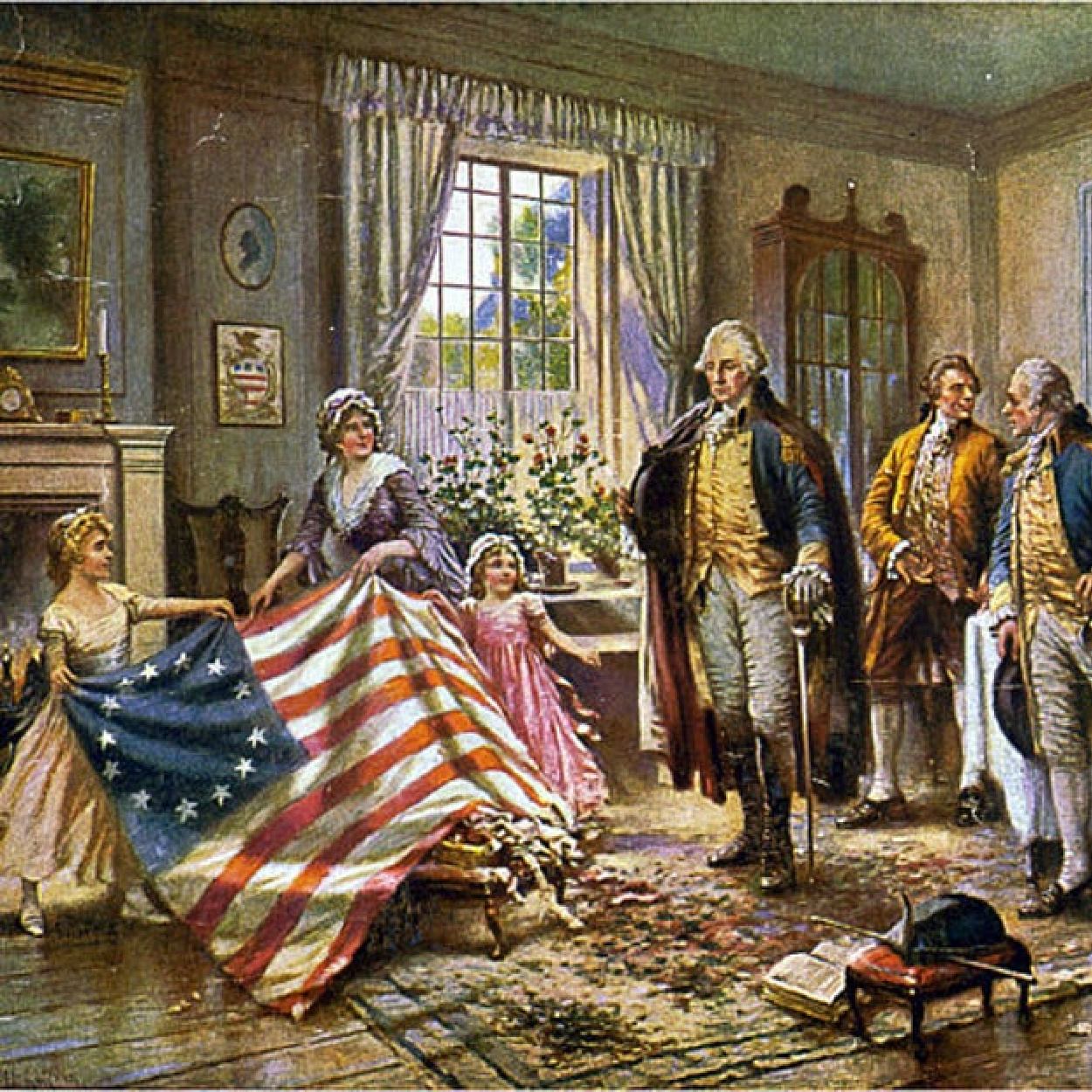The well-being of youth and children is — and should be — common ground on which everyone can stand. We all want children to thrive and find joy.
That’s easy to forget in an environment of “us-versus-them” rhetoric where so much important nuance is lost. This is certainly the case regarding many of the reactions to The Church of Jesus Christ of Latter-day Saints’ position on a proposed “conversion therapy” ban.
To read some of the headlines — “Mormon Church Opposes Utah LGBTQ ‘Conversion Therapy’ Ban” — or to encounter some of the statements made in response to the headlines — “It’s hypocritical to preach compassion while condoning this hateful and failed practice” — you’d be forgiven for thinking that the church does, in fact, embrace conversion therapy.
In reality, it doesn’t.
The church has publicly spoken out on conversion therapy, denouncing “any therapy including conversion and reparative therapies that subjects people to abusive practices in Utah and around the world.”
And for several years now, the church has stated on its “Mormon and Gay” website that it is “unethical to focus professional treatment on an assumption that a change in sexual orientation will or must occur.” According to reporting, the church was even involved in shaping some elements of earlier legislation seeking to ban conversion therapy in Utah — HB399 — which failed to advance out of committee earlier this year.
In the church’s most recent comments addressing a proposed psychologist licensing rule banning conversion therapy, it once again made it clear that “it does not support therapies that seek to change a person’s sexual orientation.”
The well-being of youths and children is — and should be — common ground on which everyone can stand. We all want children to thrive and find joy.
So where’s the disconnect?
While there has been a growing consensus around concern with conversion therapy, that consensus hinges on a particular understanding of what conversion therapy means. When the words are defined in a manner that goes beyond their most plain meaning, people are no longer referring to the same thing — and thus, a change in response should come as no surprise.
That’s what appears to be happening here.
In other words, the story is not that the church was content with Utah banning conversion therapy one month and now is against it the next, but rather the proposed ban on conversion therapy has changed in its scope. Whether you support conversion therapy or you oppose it (and much depends on the definition of conversion therapy), the church’s Family Services’ public comments on the proposed ban constitute a reasonable effort to both understand and engage a complicated and (sometime contested) issue.
Certainly, attempting to reduce the church’s balanced approach to an “oppose” or “support” soundbite does a disservice to the public and those who seek to similarly engage in good faith. Nor should the thoughtful positions of advocates or others who have raised their voices be reduced or dismissed. We all need to resist the impulse to assume the worst or jump to unfounded conclusions when encountering opposing perspectives.
In line with this, the church’s Family Services’ comments begin by acknowledging “the good-faith efforts of those who drafted” it and go on to pledge the organization’s full support in achieving “the goal of protecting children and youth from abusive conversion therapy practices.”
The letter goes so far as to express “regret” that Family Services “cannot support the Proposed Rule in its current form.” This is hardly the sort of strident stance that some have represented in the public arena. The Family Services letter makes it clear that the organization’s own therapists “do not provide conversion therapies,” but that they do feel it’s important to raise cautions about overly-broad rules in areas where research is still unsettled or ongoing.
While the letter’s drafters don’t endorse any specific studies — and take pains to acknowledge the complex nature of the literature — they nonetheless point out that some young people’s experiences with gender dysphoria do not always persist “when a ‘watch waiting’ (therapy) approach is taken.”
Certainly, attempting to reduce the church’s balanced approach to an “oppose” or “support” soundbite does a disservice to the public and those who seek to similarly engage in good faith.
Again, the church’s Family Services’ letter makes it clear that such studies are not determinative. But, in some ways, that seems to be the point — they don’t want the state to rush into overly broad rules when information on some subjects is still in its infancy.
Complex matters demand caution and prudence. And a surprising degree of common ground can be found on many therapeutic practices associated with both benefit and harm, as demonstrated by the long-standing efforts of gay-affirming and more religiously orthodox therapists working together in the Reconciliation and Growth Project.
Meanwhile, the letter also raises questions regarding how practitioners counsel concerning behavior. While the letter makes it clear that prohibiting “true sexual orientation change efforts for minors is appropriate,” it also states that the proposed rule, “defines ‘sexual orientation’ to include not only ‘gender patterns in attraction’ … but also ‘behavior.’” In short, if a young gay man watches a significant amount of pornography and wants to change the behavior, the letter contends, the rule’s language could restrict “appropriate and ethical” practices, such as “provid(ing) reasonable therapies to assist a client in modifying behaviors and expressions that the client has identified as inconsistent with the client’s own self-determined goals and self-defined well-being.” This is also relevant to therapeutic efforts to help LGBTQ minors integrate into their faith communities, or helping adolescents who wish to remain abstinent.
The Family Services’ letter provides a studied approach on a sensitive issue. It’s lamentable to see so many in the conversation dismiss these sincere efforts at nuanced understanding so essential for constructive dialogue. Sound policy that truly helps children requires therapists, politicians, scientists, LGBTQ advocates and religious leaders to come to the table in a manner that doesn’t reduce the other’s perspective into ready-made talking points. The theatrics of politics must never blind us from the real work of protecting and lifting young people, including LGBTQ youth.

















